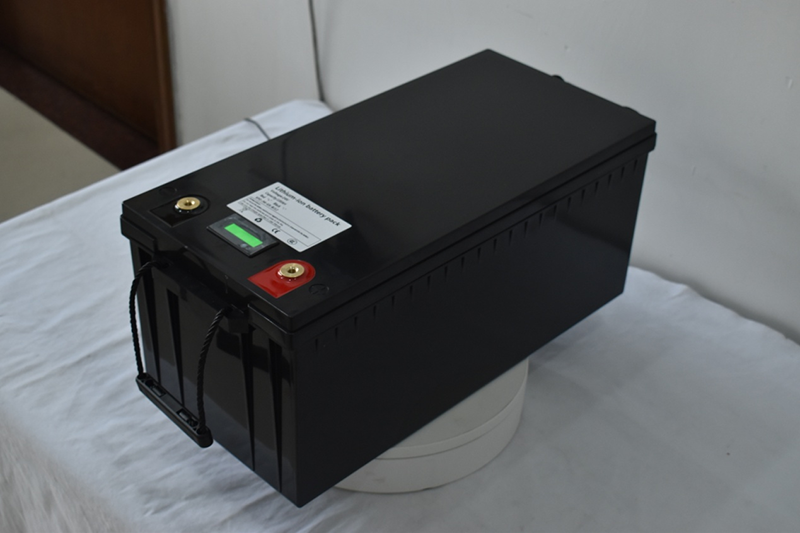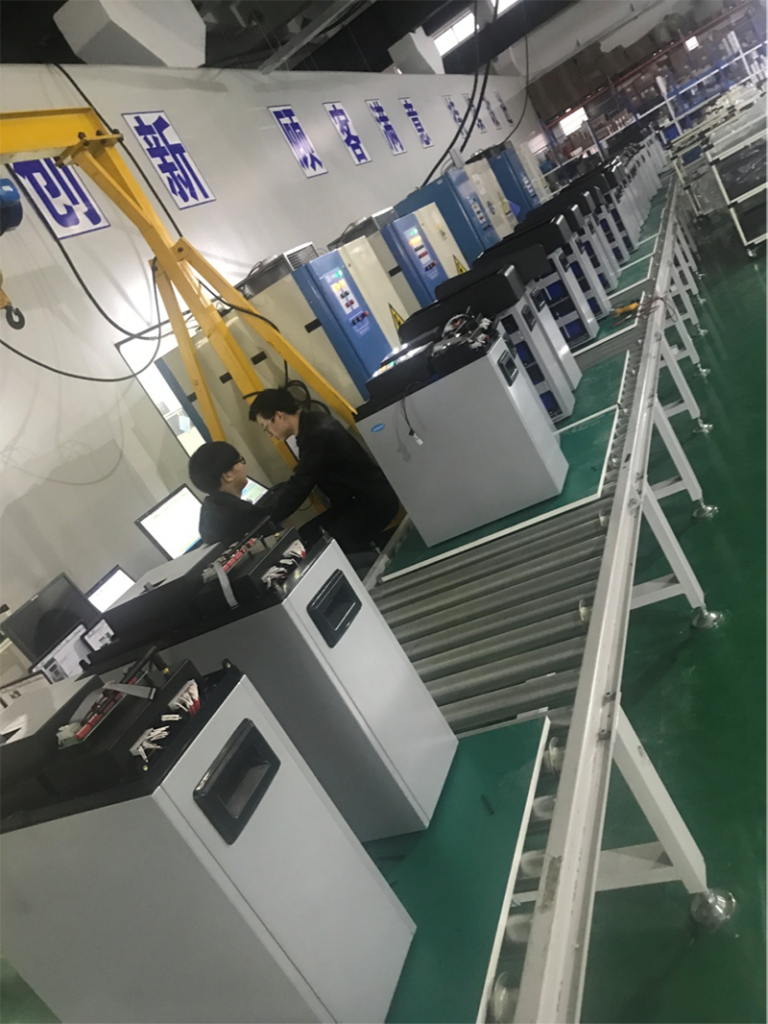
The energy storage market, especially the lithium-ion battery energy storage market, is considered to have a broad market space and diverse application scenarios. The field of energy storage has been boosted by a number of grid-side projects, both in terms of new installed capacity and operating scale. Many lithium-ion battery companies at home and abroad also regard energy storage systems (ESS) as another blue ocean besides power lithium batteries and actively deploy them.
Working principle of lithium-ion battery energy storage power station
The working principle of emergency lithium-ion energy storage vehicles or megawatt-level fixed energy storage power stations is to directly convert high-power lithium-ion battery packs into single-phase and three-phase AC power through inverters. Normally, you only need to freely choose the charging period to charge the battery pack. When the lithium-ion battery pack is fully charged, it can be called at any time. The energy storage battery is an indispensable energy storage component of the solar photovoltaic power generation system. Its important function is to store the electric energy of the photovoltaic power generation system and supply power to the load when the amount of sunlight is insufficient, at night and in an emergency.

- Charging
Emergency lithium battery energy storage vehicles or megawatt-level fixed energy storage power stations are set with slow and fast charging sockets. The fast and slow charging method is to control the length of charging time by selecting different charging currents. The entire charging process is monitored by an intelligent management system. When the voltage of any single lithium-ion battery reaches the set value, the charger will automatically stop charging the battery pack.
- Discharge
Emergency energy storage vehicles or megawatt-level fixed energy storage power stations are specially designed with output interfaces (generally, two types of high-power three-phase output interfaces and conventional single-phase output sockets are designed according to user requirements).
- Maintenance
Normally, you only need to check the indicators of the individual batteries on the display screen of the lithium-ion battery management system, and no manual maintenance is required. The battery management system is equipped with known capacity display, voltage display, display of the temperature of each single battery and its minimum voltage or maximum voltage.
Lithium-ion battery energy storage power station application scenarios
As an emerging application scenario, energy storage lithium-ion batteries are also gradually being valued. Energy storage is one of the important means to solve the intermittent fluctuations of new energy wind power and photovoltaics and realize the function of “shaving peaks and flat valleys”. In the practical application of lithium battery energy storage in my country, renewable energy grid connection, user side, grid side and auxiliary services are the four most important areas.
- Energy storage emergency power supply vehicle
The energy storage emergency power supply vehicle is composed of a lithium-ion battery pack, an inverter, and a battery management system. The inverter directly converts the battery into single-phase and three-phase AC power. Normally, you only need to freely choose the charging period to charge the battery pack. When the battery pack is fully charged, it can be called at any time within one year without floating charge. We can supply 100KW, 1000KW, 5000KW, and megawatt-level mobile emergency energy storage vehicles, which can be used for power supply in the field of national defense and military, civilian disaster relief or large-scale public event venues. It is usually fully charged with low-peak electricity, and is on standby at any time to drive to the destination to deliver electricity.
- Energy storage fixed power station
The energy storage fixed power station is composed of lithium-ion battery pack, BMS management system, PCS converter system, EMS energy monitoring system, auxiliary system (including temperature control, fire protection, etc.), and is a power station-type energy storage system installed in a container. Because the self-discharge of lithium-ion batteries is small, it does not need to be kept in a floating state for a long time like traditional lead-acid batteries or nickel-cadmium and nickel-metal hydride batteries. The energy storage power station combined with the new energy power generation system becomes a distributed power source of an independent micro-grid. It is suitable for supplying reliable power in areas without or lacking electricity, and it can also provide peak-shifting and valley-filling and peak-shaving and frequency-regulating services for large power grids.
Battery energy storage power stations can be combined with distributed/centralized new energy power generation, which is one of the effective ways to solve the problem of grid connection of new energy power generation. With the increasing scale of new energy power generation and the continuous improvement of lithium-ion battery energy storage technology Development has become a major key technology supporting my country’s clean energy development strategy.
- Communication backup power supply
The market for communication backup power mainly includes two parts. One is that the energy storage of new base stations constitutes an annual increase in the market; the other is that the replacement of existing base station batteries constitutes the basic amount of the annual market. my country Tower announced that it will no longer purchase lead-acid from this year. Considering that the scale of echelon batteries is not enough, there will be a wave of demand for lithium battery procurement and replacement around 2020. In addition, 50,000 to 100,000 new base stations will be built every year, which will bring a lithium battery demand of 1.2-2.4GWh, and a total annual battery demand of about 10GWh will be met by iron-lithium-ion batteries and cascade utilization batteries.
Summary: Lithium-ion battery energy storage technology has the advantages of high efficiency, application flexibility, and fast response, and gradually occupies an increasingly important position in the power energy storage market. Lithium-ion batteries can be used in power quality, reliability control, backup power supply, peak shaving and valley filling, energy management, renewable energy storage, etc.






